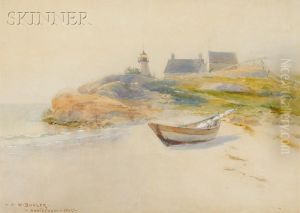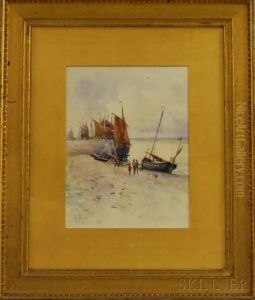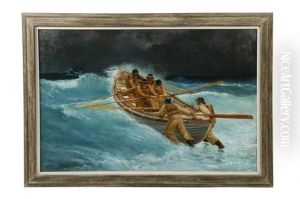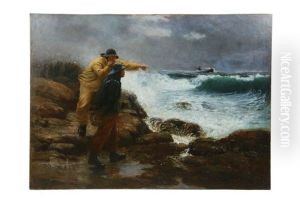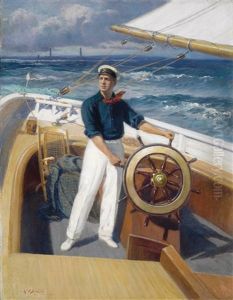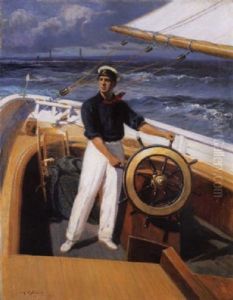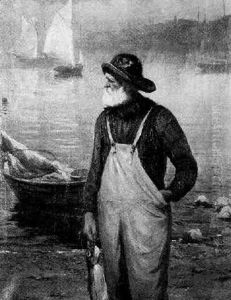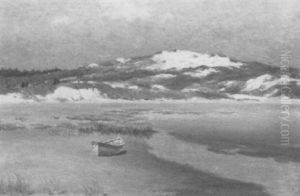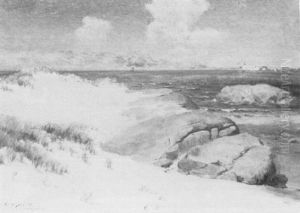Augustus W. Buhler Paintings
Augustus W. Buhler was an American artist, born in 1853, known for his contributions to the American art scene in the late 19th and early 20th centuries. Predominantly recognized for his maritime paintings, Buhler captured the essence of the sea and its vessels with a unique blend of realism and romanticism, making his works highly sought after by collectors and enthusiasts of nautical art.
Buhler's early life was marked by his profound interest in the sea and ships, a passion that was to define his career as an artist. This fascination is reflected in the meticulous detail and accuracy of his maritime paintings, which often featured scenes of ships at sea, coastal landscapes, and naval engagements. Despite the scarcity of detailed records about his formal education in art, it is evident from his technique and style that Buhler possessed a natural talent, which was likely honed through apprenticeships or study under established artists of his time.
Throughout his career, Augustus W. Buhler exhibited his work in various prestigious galleries and institutions, earning acclaim for his ability to evoke the power and majesty of the sea. His paintings are characterized by their vivid colors, expert composition, and the lifelike portrayal of water and light, elements that together create a sense of movement and drama.
Buhler's contributions to American art were not limited to his paintings. He was also involved in the artistic community as a member of several art associations, through which he sought to promote maritime art and support fellow artists. Despite the popularity of his work during his lifetime, Buhler remained a modest figure, dedicated to his craft and the subjects that inspired him.
Augustus W. Buhler passed away in 1920, leaving behind a legacy of art that continues to be appreciated for its beauty and historical value. His paintings not only capture the essence of the sea but also serve as a testament to the maritime heritage of the United States, making him an important figure in the country's artistic history.


